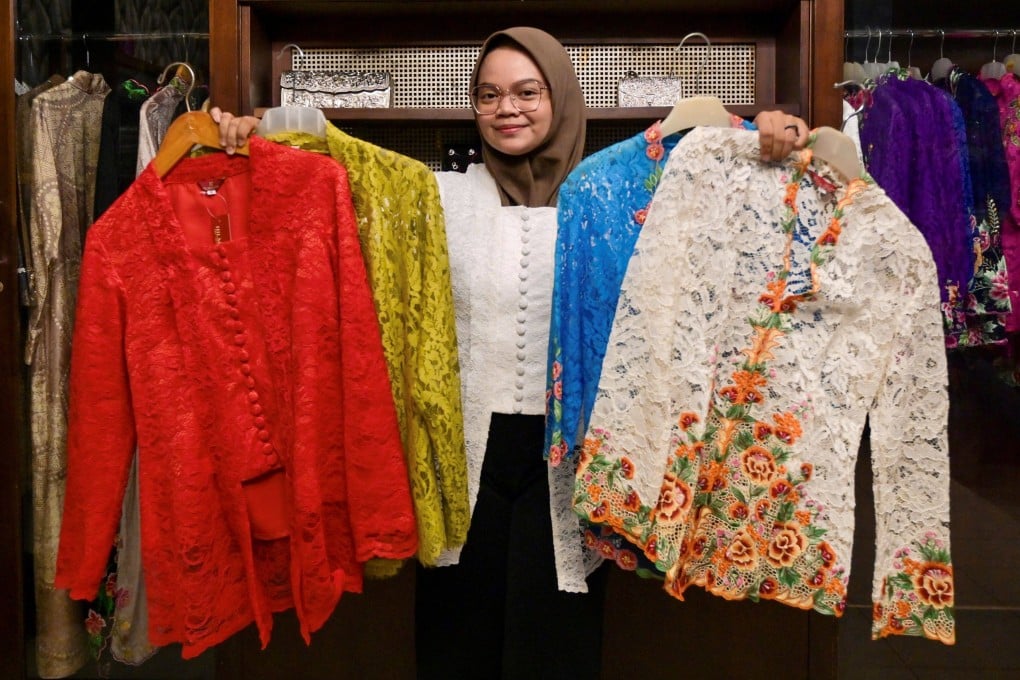Advertisement
Singapore, Malaysia, Indonesia join forces to secure Unesco status for kebaya
- Brunei and Thailand also put their names to a bid to add the intricately embroidered blouse to the UN’s prestigious intangible cultural heritage list
- Kebayas were traditionally worn to weddings and formal events, but they are seeing a steady comeback among enthusiasts who wear them in daily life
Reading Time:2 minutes
Why you can trust SCMP
0

In a Malaysian boutique, a small group of seamstresses sit at clattering sewing machines, stitching bright flowers and leaves into kebayas, traditional blouses worn by women around Southeast Asia.
What makes kebayas special is that they are worn by women of all ethnic backgrounds in a diverse region, according to Lim Yu Lin, who co-runs the family business her grandmother founded in 1955.
“It’s not only meant for one culture,” she said.
In a moment of unity, Malaysia, Indonesia, Singapore, Brunei and Thailand have jointly nominated the kebaya for the UN’s prestigious intangible cultural heritage list, with a decision expected in 2024.

Suited to hot tropical weather, the intricately embroidered blouse is usually long-sleeved, and ranges from loose-fitting to semi-transparent, figure-hugging cuts.
Advertisement